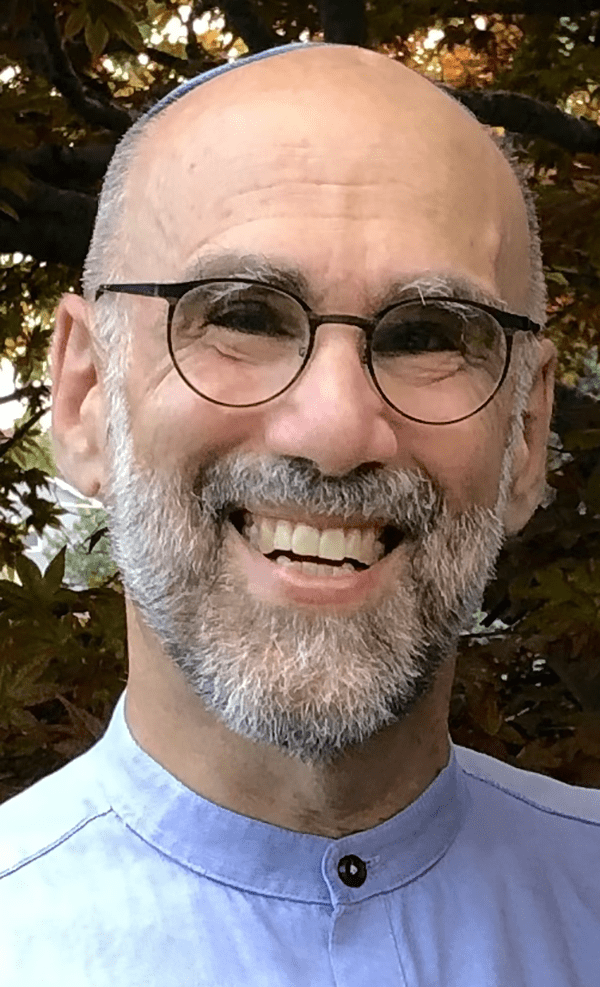Parshat Lech-Lecha 5785
We make assumptions about others based on what we see: what they wear, what they drive, their work, past-times… And we project upon the other who passes our superficial entrance exam what we want them to be — i.e., more like us!
Breath (Yizkor KN5785)
My recent posts...
Can You Hear Me (KN 5785)
My recent posts...
Yom Kippur Singing
My recent posts...Over the decades, I have composed melodies for some of the texts we use in our prayer services. (I've written English interpretations of the texts for a few of them.) Some of them are posted here so we can sing them together at Shirat Hayam and, even...
Why Talmud?
Why read Talmud? Learning it thoroughly can be a life’s work in which it would be rare to truly learn two sides of a leaf of free-flowing, often arcane, heavy-on-the-(shorthand)-Aramaic and Hebrew that records discussion among sages who lived over a span of several centuries and thousands of miles.
Ellie and I have been spending about 30 minutes a day reading (mostly in English) through each day’s allotment. Between minyan and breakfast, during a meal at home, in the dentist’s waiting room, we try to follow the ebb and flow of halacha (religious law) and aggada (parables, maxims, anecdotes) as it pours off the pages in systematic order and in stream-of-consciousness association. The text can be perplexing, amusing, enlightening, immediate, outdated, fabulous…even all that on a single page!
There are “aha!” moments. One recent revelation touched on an issue I’ve grumbled (privately) about for many years: why is Birkat Hamazon / Grace After Meals so long and encyclopedic? We express gratitude for sustenance (Torah says to do that), but why include Jerusalem, the exodus, the messiah, King David, return to the land of Israel, and more?
Within Tuesday’s Talmud ration was a discussion of blessings to be recited before learning sacred texts. First up (from a scholar in Babylon) is the “standard” pre-study blessing (“…commanding us to engage in matters of Torah”).
Next, a later sage in Israel is cited as adding a longer prayer that ends with “Blessed are You, God, Who teaches Torah to God’s people Israel.” Then, a contemporaneous rabbi in Babylonia adds the formula we know from our Torah reading blessings, ending with “Blessed are You, God, Giver of the Torah / notein hatora.”
Finally, considering that each of the three Torah blessings has merit, the anonymous editor closes the discussion with “Therefore, let us recite them all”! We no longer need to wonder how Birkat Hamazon got so long: “Oh, that’s good, too. Let’s add it!” (We rarely, if ever, remove something older to make space for the newer.)
At heart, Talmud reflects the eternal quest of the Jew: how do we correctly fulfill the commandments / mitzvot in Torah when details are sparse? The Talmud is the magnum opus of perhaps our greatest formative period as Rabbinic Jews: Following the destruction of the ancient Temples and the dissolution of the priestly system, centuries of sages tried to figure out, often in excruciating detail, how to carry out Torah dictates.
This quest is ongoing; some contemporary Jewish denominations claim to know the (only) right way while others pursue more adaptive ways of continuing the discussion and decision-making begun so long ago. Experiencing our early religious evolution through the eyes of Talmudic sages is revelatory and rewarding.
That’s why Talmud.


